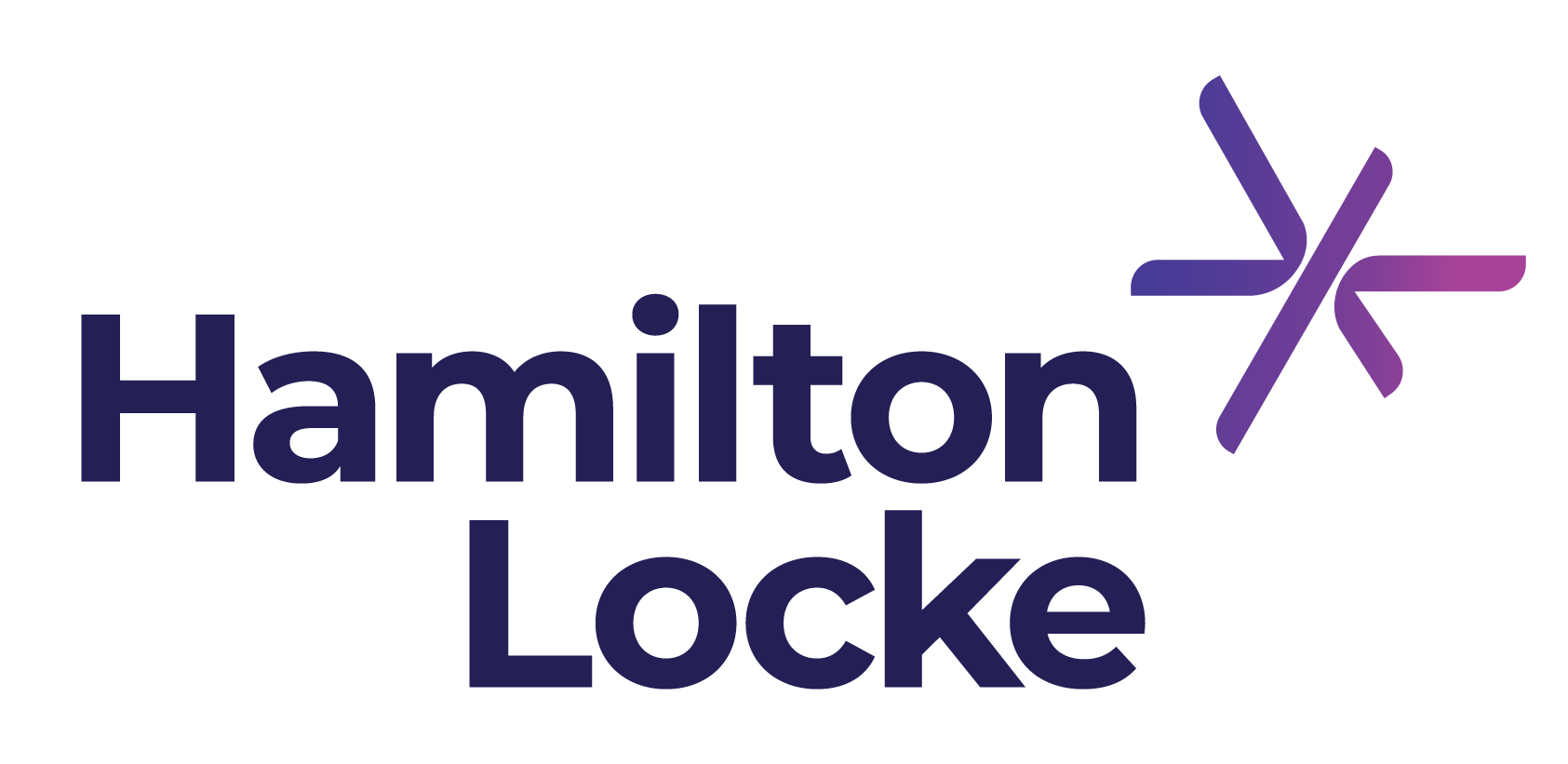SAVE TIME AND MONEY WITH OUR PORTFOLIO TRANSFER AGREEMENT TEMPLATE.
Published on May 21, 2020

As the Covid-19 pandemic continues (despite some restrictions now lifting), client portfolio transfers still need to get done. You can record your transaction in a time and cost-efficient way with our easy to use, fixed price, customisable template.
Who can use the template?
Our Client Portfolio Transfer Agreement Template (the template) is available for a fixed fee and can be used by buyers and sellers, for:
- financial planning and wealth portfolios; and
- general insurance broking portfolios.
The template has been prepared in an easy to use format, that subject to the nuances of your transaction, needs minimal customisation. It includes:
- standard legal terms and conditions including warranties and restraints;
- customary provisions based on current market terms and deal trends including deferred/instalment payments and adjustments for lost revenue; and
- a schedule that can be tailored to record the specific commercial terms for your transaction (as negotiated between the parties).
The template also includes 7 key provisions imperative in all portfolio transfer agreements in the current landscape.
1. Conditions precedent
In these unprecedented times, we anticipate that more conditions will be imposed on transactions, exponentially increasing the risk of deal completion. This makes it more important to be clear about:
- what each party’s obligations are and how to satisfy or waive conditions;
- whose benefit conditions are for;
- what happens if conditions are not satisfied or waived; and
- what happens if there are delays or the timeframes for completing the deal expire.
2. Pushing the timeline out
In the current landscape you may want to push out the timeline between execution and completion. Desirable on the grounds that waiting may give you more certainty as to the value of the transaction, your ability to transition the clients of the business and people, and that funding will be available (whether that be debt or equity).
But doing so, also exponentially increases the risk of deal completion. A delay can be triggered by a ‘material adverse event’ (like the pandemic or a second wave of coronavirus). You need to be careful how you define a ‘material adverse event’ because use of this clause may allow the buyer to terminate the deal without material consequence.
A ‘material adverse event’ could be something that:
- affects the buyer’s ability to retain clients following completion;
- results in the failure to pass good title;
- affects the financial performance of the client portfolio; or
- reduces recurring revenue by a set percentage (such as 5%). As there is currently greater volatility in their book, sellers will obviously want to push this percentage up as high as possible.
3. Purchase price adjustments for recurring revenue transactions
With Covid-19 continuing and speculation as to a second wave, we will no doubt see conjecture over what is an adverse event and material and the basis for adjustments to purchase price due to declines in client revenue.
For insurance brokers, restrictions on their ability to earn revenue in the period after completion might occur as insurers offer further Covid-19 relief packages to insureds which allow them to delay the payment of premium and commissions. For financial planners, their ability to recover fees from clients may be constrained if they need to support clients by offering more favourable payment terms or a pause on fees (or extension to already agreed pauses) to enable them to continue to access financial advice during this period.
Even once the pandemic is contained, clients will continue to need professional financial advice on their investments and insurance, so a clear understanding about what is fair regarding adjustments to purchase price between buyers and sellers is vital, until the full extent of the economic fallout from the pandemic is known.
Our template contains a number of options for adjustment to the purchase price based on the retention of client revenue. It also allows for a rise and fall to the purchase price.
4. Securing payment of subsequent instalments
Historically payment for many deals has been structured on an instalment basis, a trend we expect to continue. It’s now common to see instalments of 50/50 or 60/30/10 spread over 18 to 24 months.
Where a substantial amount of the purchase price will be paid after completion, there is a risk to sellers that the buyer could default on payment. Our template includes 3 forms of protection that a seller can ask for:
- Escrow Account: This is where the buyer deposits funds (normally equivalent to the further payment(s) into a bank account held in the joint names of the buyer and seller.
- Deed of Grant of Security Interest: This provides the seller with an interest they can register under the Personal Property Securities Act 2009 (Cth). This means they’re protected if the buyer is declared bankrupt, becomes insolvent or has another type of financial default and cannot pay the entire purchase price. If this happens the buyer cannot sell the client data to a third party and the seller can essentially regain ownership of the client data they need to service their clients transferred back to them.
- Bank Guarantee: To make sure they can pay the full purchase price, the buyer can provide a bank guarantee issued by an Australian bank.
For more commentary on managing the risk of financial recovery, see my recent blog.
5. Warranties
Following the Royal Commission, buyers have become more vigilant about the quality of the portfolios they acquire. They’re asking for better representations and warranties that cover things like the quality of the financial services provided to clients and the accuracy and usefulness of the client data that is being acquired. For more commentary on this see my earlier blog.
Sellers now also expect buyers to give warranties around their capacity to contract, complete and pay.
6. Limiting liability
As discussed in my blog, buyers will want to extend the seller’s liability to maximise their protection and recourse. It’s important for sellers to limit their liability.
Our template includes optional provisions on:
- the maximum cap on warranty claims;
- the minimum threshold for warranty claims; and
- setting a definite time frame in which all warranty claims must be notified to the seller.
These provisions protect the seller from:
- having unlimited liability;
- being liable for small and immaterial warranty claims; and
- having to indemnify the buyer for an unlimited period of time.
Sellers should include these provisions to give them certainty around their risk and exposure after completion.
7. Professional indemnity insurance
To protect themselves and clients, buyers should require sellers to maintain professional indemnity insurance. This should cover professional negligence claims brought by clients after the transaction is completed but that relate to financial services provided by the seller. It’s particularly important if the seller:
- is leaving the industry or is no longer carrying on a financial services business; or
- may not have sufficient financial resources to meet claims brought by clients after completion.
Ideally, the insurance should be in place and in run off for a period of up to 7 years after the completion date to pick up most professional negligence claims that can be brought by clients.
Sellers should make sure that the agreement includes:
- how long they must maintain the insurance for; and
- that the insurance must be relied on first before the buyer can seek indemnification direct from the seller (subject to the seller paying the excess on the policy).
Before agreeing to any professional indemnity clause, sellers should speak to their broker or dealer group as the insurance market will probably continue to harden because of Covid-19.
8. Protective (restraint) covenants
To protect the goodwill in the portfolio, the buyer should make sure the seller can’t compete with them. This is important regardless of the story behind the sale as the seller may decide to re-enter the industry.
It’s essential that buyers protect themselves by including a right to:
- seek compensation for losses caused; or
- get an injunction if the seller breaches the restraint.
All of these provisions are included in our template. You can view a sample of it here.
While our template does give you guidance, if you’re unsure about what you should agree to or have further questions – get in touch. If your transaction documents need customisation, we can also help with a legal review and bespoke drafting.
Charmian Holmes and Nicholas Pavouris
May 2020


